A Report on Our Birdathon Morning
A group of friends and I are again participating in the annual Tucson Bird Alliance Birdathon. This fundraiser helps to support the Tucson Bird Alliance (formerly the Tucson Audubon Society) to raise critical money to support protection of birds and habitat, and to provide for education to ensure that birds can be enjoyed by all for generations to come.
The five of us met last Monday morning and began our Birdathon field trip at 5:51 AM, just after sunrise. That is when the birds are waking up and actively looking for breakfast after resting during the cool night. In over 4 hours of moving at a slow, 'birding' pace, we covered three miles of rolling and uneven paths. We spent our time along a golf course that we have permission to bird at monthly. During the morning we saw 52 species of birds. Great-tailed Grackles were loud and actively announcing their territories and working to attract their mates. Many were seen flying with reeds to build nests with. This Grackle was calling as loudly as he could!!!
The Black-crowned Night Herons have returned to this course. They may be looking for a different nesting location this season.
Two of them were perched and flying together near some big trees at two small ponds.
Although they circled around, they would always return to the same area.
Our path brought us too close to the birds it seemed.
But there was a more critical concern nearby. The trees that the Herons seem to be sticking to are the same trees that a pair of Cooper's Hawks nested in last spring. Sure enough, a pair of Cooper's Hawks were in the tree and we could see their large nest deep in one tree's foliage.
One Cooper's Hawk was very alert. It seemed less concerned about our presence than it was about the presence of the Black-crowned Night Herons.
One of the Cooper's Hawks flew towards and landed very close to one of the Herons. After an awkward moment, the Heron decided it would be wise to leave the area. I imagine that by the time we return in one month, the Cooper's will still be there but the Herons will have found another spot to nest in.
There is a Red-tailed Hawk nest on a nearby telephone pole. Those Hawks seem to have a successful nest. There was an additional Red-tailed Hawk soaring in the area.
Two Neotropic Cormorants were at the largest of the lakes at the course. There must be a good enough supply of small fish and aquatic creatures in the water to keep the Cormorants well fed.
Gila Woodpeckers are the most common desert woodpeckers in our desert. This one was searching for food on a large palo verde tree.
A new arrival was a pair of Western Kingbirds. Among other similar looking flycatchers which summer in our area, the Western Kingbird has a gray head and a light yellow belly. A distinctive characteristic is the white outer tail feathers. You can see them from the angle of this photo.
There are a few Spotted Sandpipers that spend most of the year at this course. The birds only get their "spots" during breeding season. Often, these wintering birds are gone by this time of year but the Spotted Sandpipers we saw on Monday were showing their spots.
As we were leaving the course, three Black Vultures soared overhead. These vultures have a different profile than the more widely seen Turkey Vultures. They have broader wings and a short tail, but the white fingers on their wings are a tell-tale feature.
We saw 52 species of birds that morning, spending four hours slowly walking the area. Most of all, we had a good time birding with friends. We can collect donations through the end of April, so there is still time to donate if you wish to. You can donate and/or read about our team right here.
Since I last reported, our team has received donations from Richard C., Patricia D., Shula and Gideon W., Mindy B., Wanda P., David W., Shelly A., and Rebecca H. We also have pledges (per bird) from Linda P. and Marsha G.!
On our Biridathon morning, we observed 52 species and 330 individual birds. Here is the list:
6 Mallard, 18 Ruddy Duck, 7 Gambel's Quail, 4 Rock Pigeon (Feral Pigeon), 4 White-winged Doves 7 Mourning Dove, 2 Anna's Hummingbird, 1 Costa's Hummingbird, 1 hummingbird sp., 68 American Coot, 2 Killdeer, 1 Wilson's Snipe, 2 Spotted Sandpiper, 8 Pied-billed Grebe, 2 Neotropic Cormorant, 2 Black-crowned Night Heron, 1 Green Heron, 3 Black Vulture, 1 Turkey Vulture, 2 Cooper's Hawk, 3 Red-tailed Hawk, 4 Gila Woodpecker, 1 Northern Flicker, 1 Hammond's Flycatcher, 1 Black Phoebe, 7 Vermilion Flycatcher, 3 Ash-throated Flycatcher, 2 Western Kingbird, 2 Bell's Vireo, 4 Verdin, 3 Northern Rough-winged Swallow, 5 Barn Swallow, 1 Marsh Wren, 3 Cactus Wren, 6 House Finch, 7 Lesser Goldfinch, 4 Chipping Sparrow, 3 Brewer's Sparrow, 3 Black-throated Sparrow, 8 White-crowned Sparrow, 2 Song Sparrow, 1 Lincoln's Sparrow, 11 Abert's Towhee, 2 Green-tailed Towhee, 4 Red-winged Blackbird, 1 Brown-headed Cowbird, 70 Great-tailed Grackle, 3 Lucy's Warbler, 3 Common Yellowthroat, 5 Yellow Warbler, 4 Yellow-rumped Warbler, 1 Wilson's Warbler, and 11 Lazuli Bunting


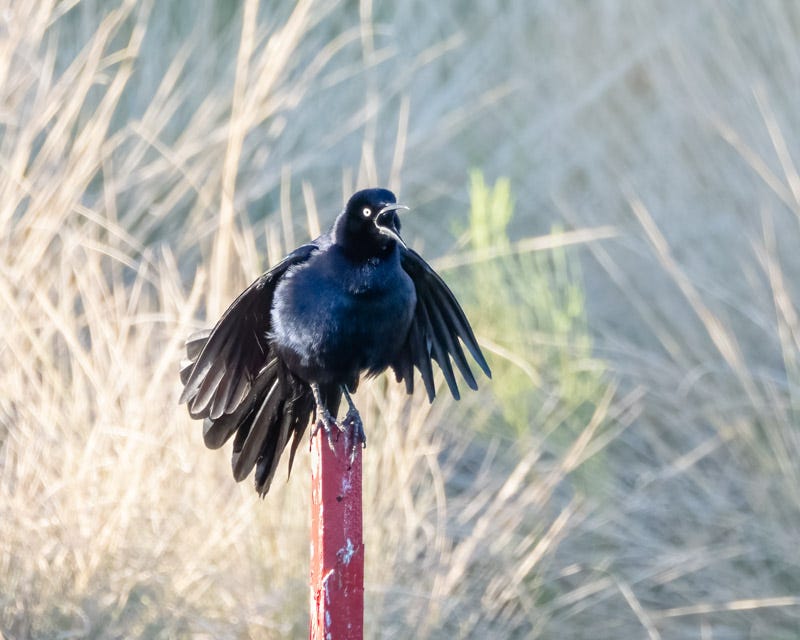
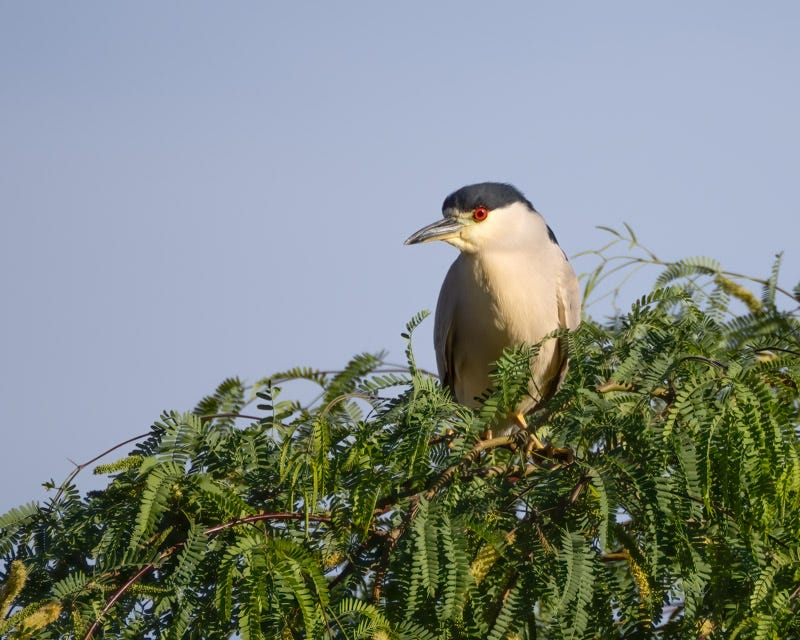

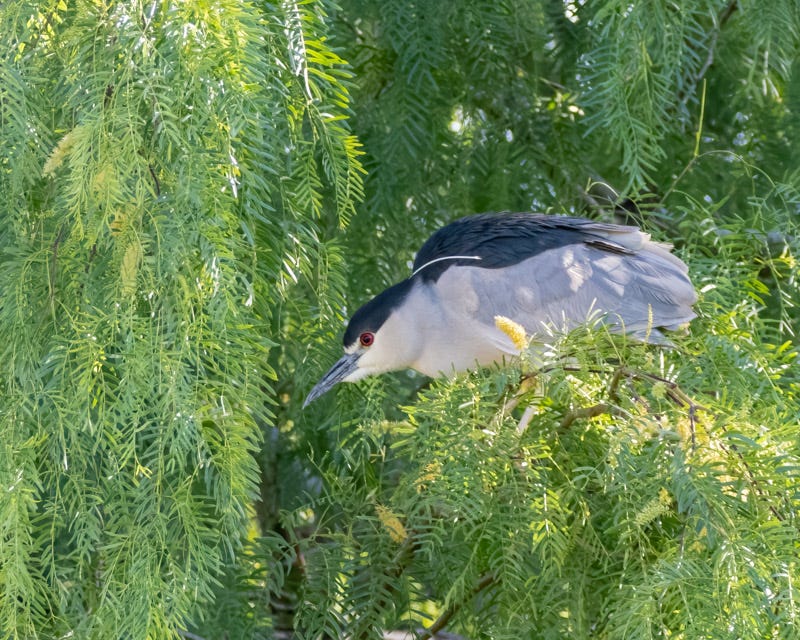
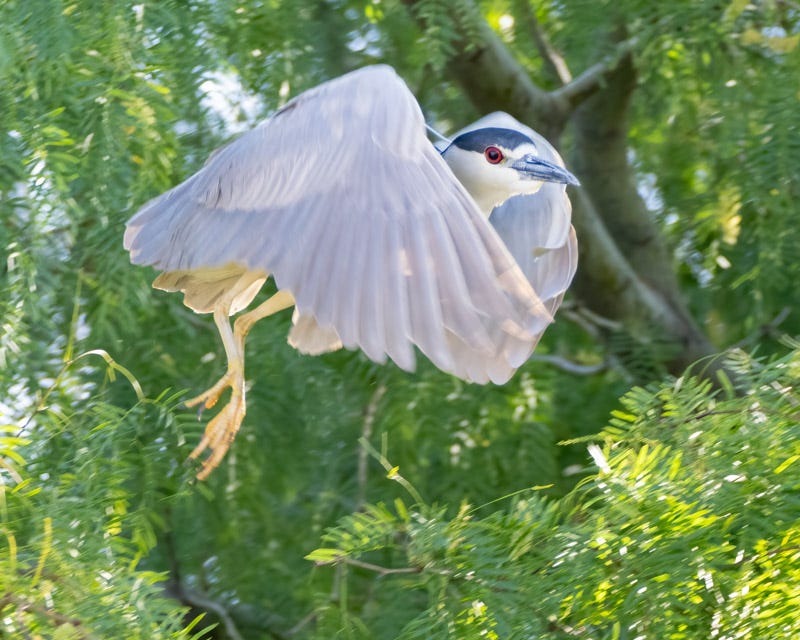
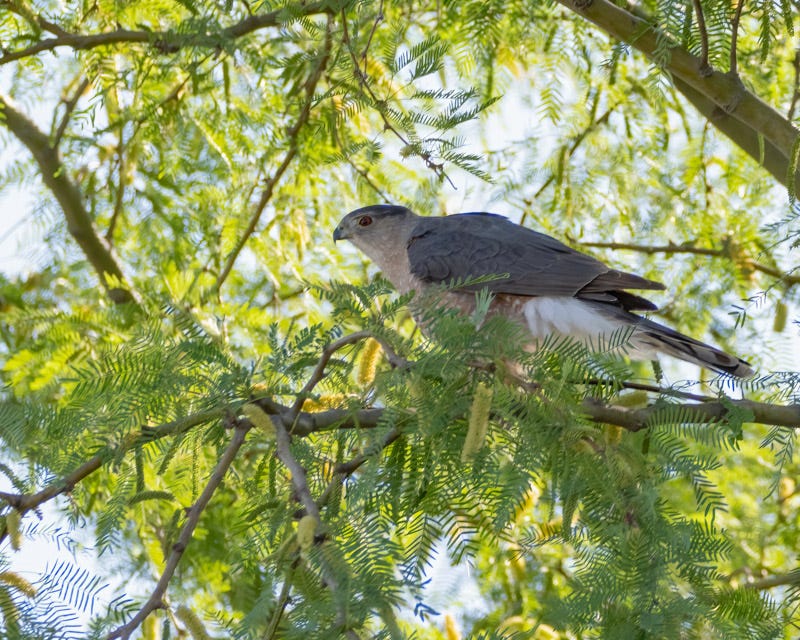
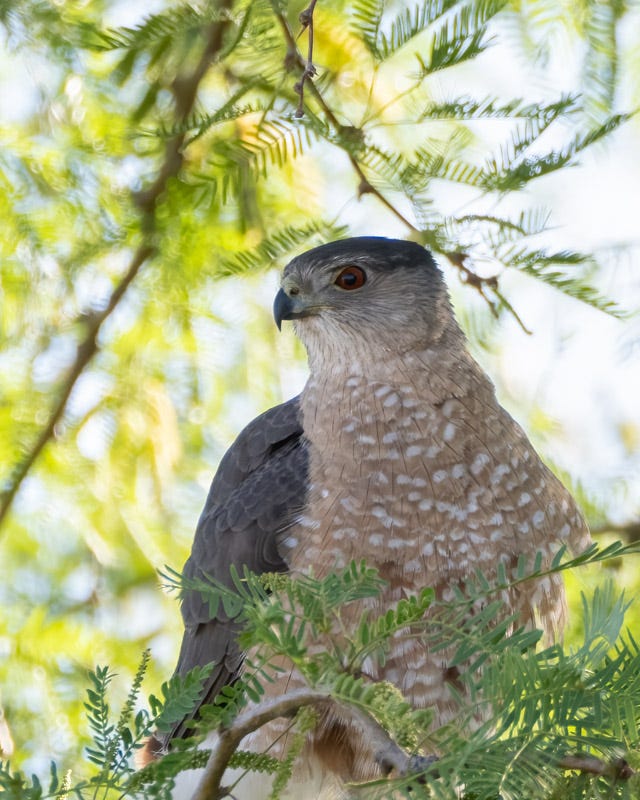
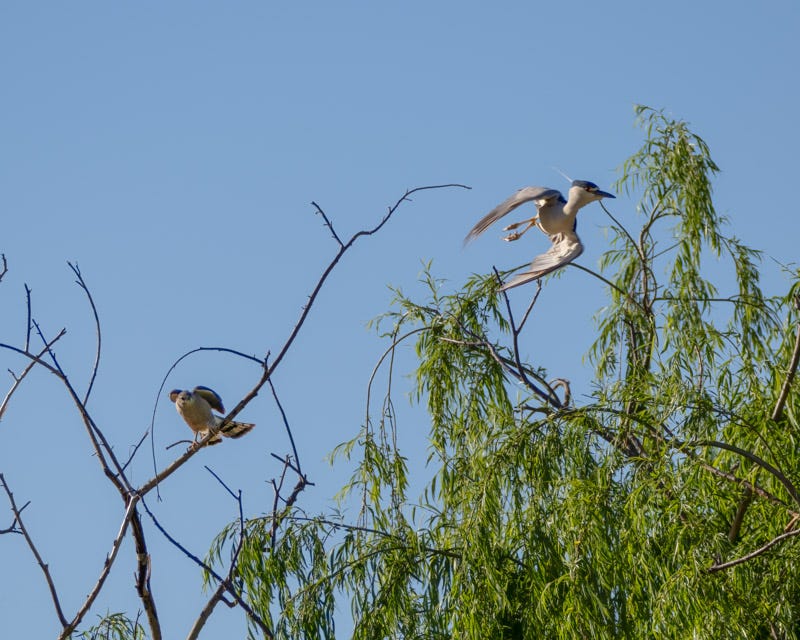
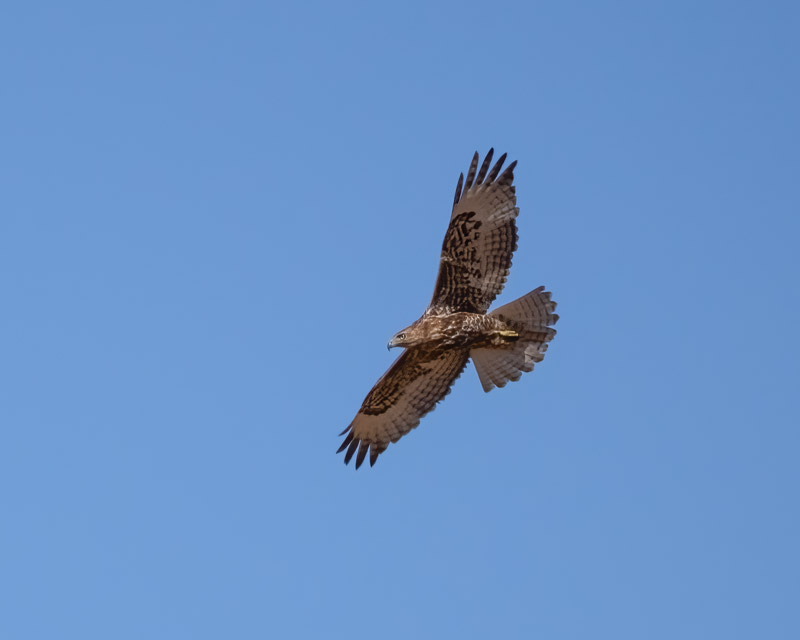
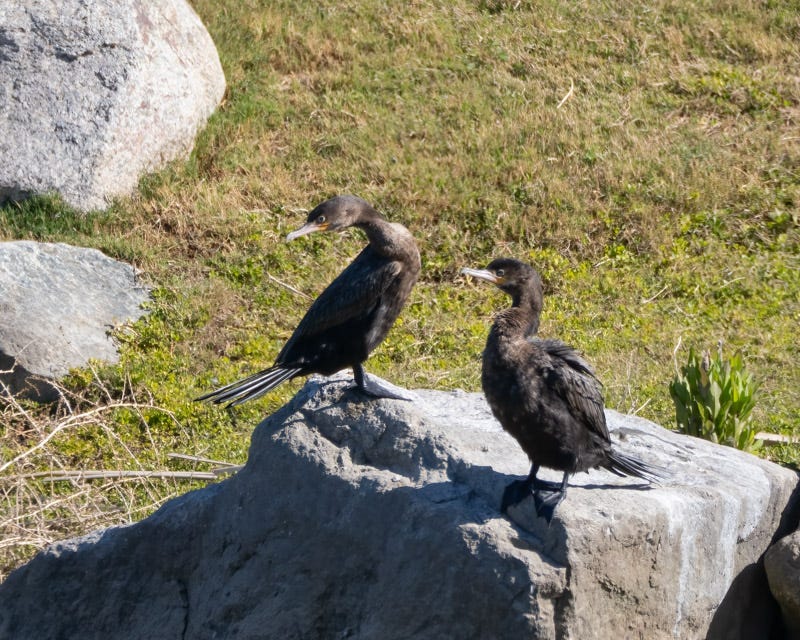

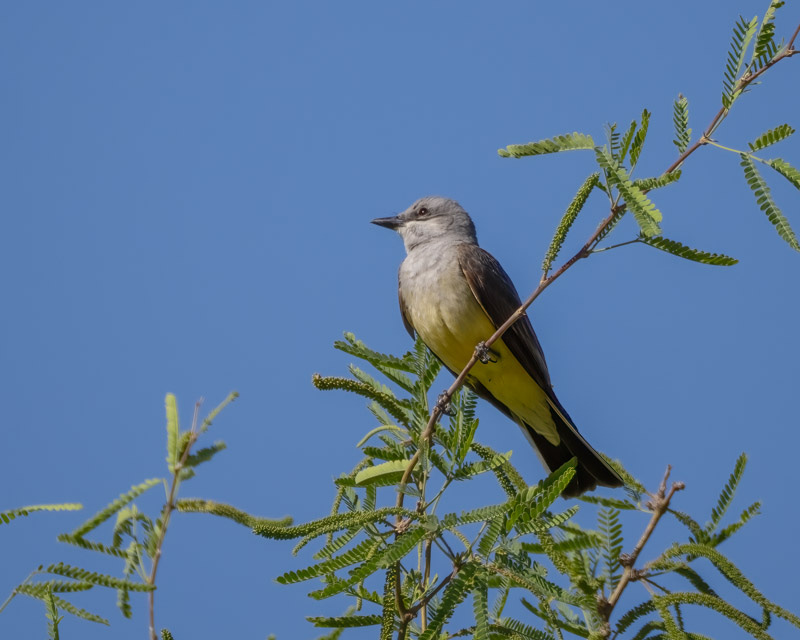
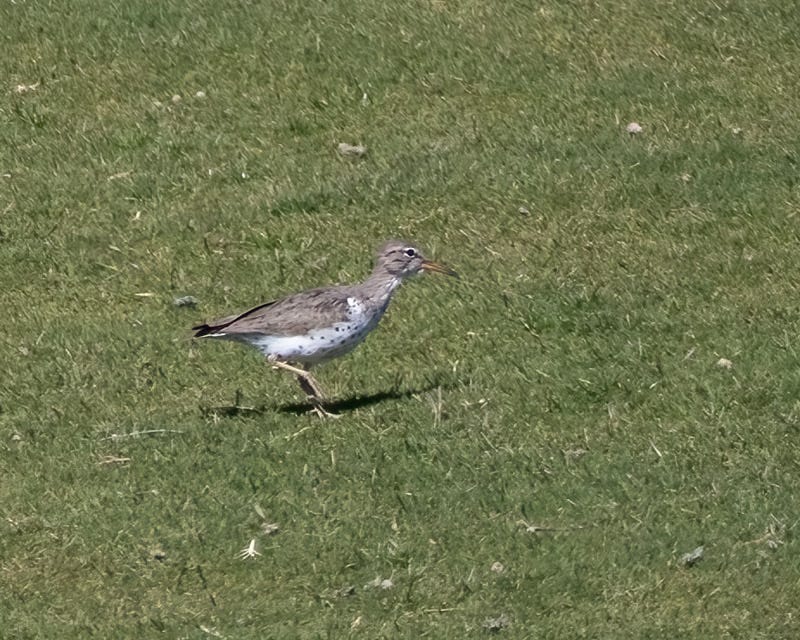
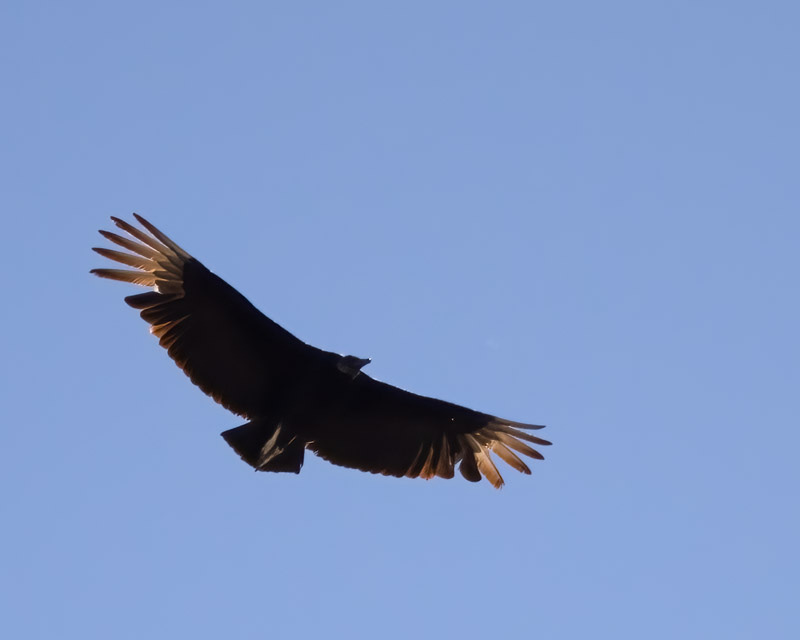
Well done Dan! The birds are lucky to have you and your friends on their side. And thanks for documenting your species with photos.
And a partridge in a pear tree?